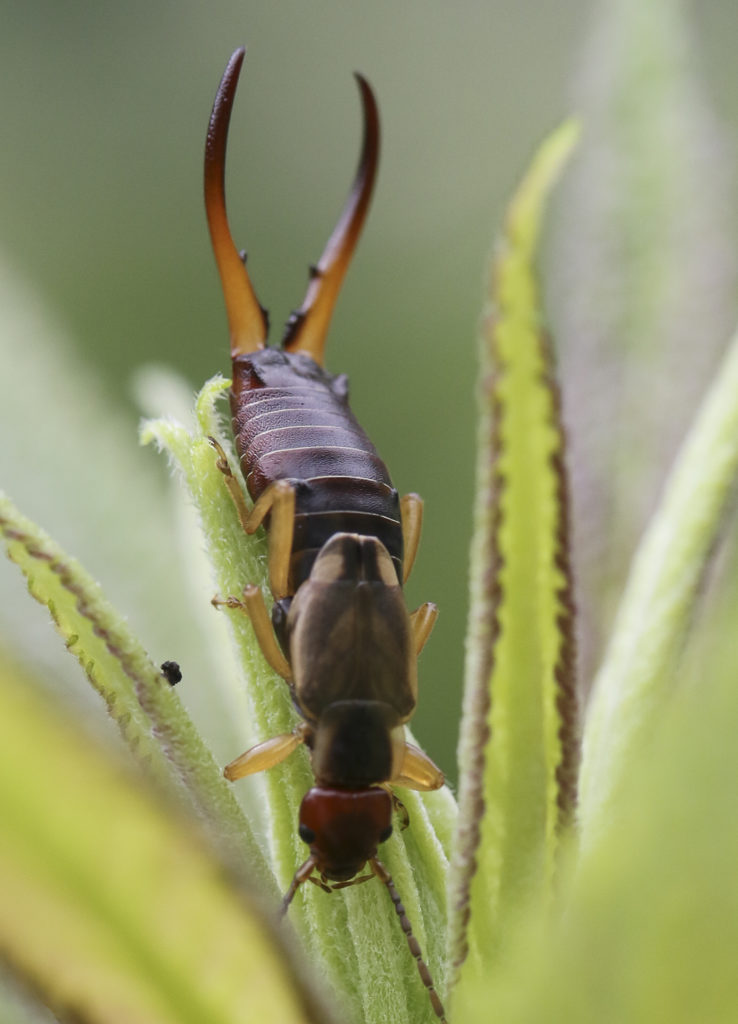An Insect From a Horror Movie?

By Wayne Bierbaum
In 1972, I watched a suspense/horror TV show written by Rod Serling and it made a lasting impact on me. It was a graphic offshoot from the Twilight Zone called Night Gallery. The episode I watched was called “The Caterpillar”. I don’t know why it was named that especially since it had nothing to do with caterpillars. The reason it bothered me was that although the depicted terror is physically impossible it was very well and dramatically acted. I think that was the only episode of “Night Gallery” that I ever watched.
Spoiler alert: This is where I reveal the plot and the twist. So if you want to see the show, stop reading here and go watch it.
The episode is set in a foreign jungle and revolves around a love triangle: an older man, his lovely young wife and an unrelated younger fellow who has his eye on the wife. The younger man plots to kill the husband by having someone put a jungle bug in the man’s ear, which is said to cause a horribly painful death. Well, the bug, an earwig supposedly, gets placed in the young man’s ear instead. The plotter realizes the error as he feels movement in his right ear. According to this tale, an earwig cannot back out of the ear and therefore must eat its way through the brain to escape out the other ear. The process is so painful that it becomes unbearable and the man has to be tied down to stop him from committing suicide. Finally, after lots of screams, the pain subsides and the earwig exits his left ear. The last plot twist comes when the man is told that the bug was a female and laid eggs in his head.
In reality, there is no direct passage from one ear canal to the other, and, yes, earwigs can back up. Plus they could not survive inside someone’s skull.
Earwigs are certainly creepy-looking bugs with large pinchers on their abdomen. They have poorly developed wings that when unfurled, look like ears —thus the name. They are mostly nocturnal omnivores that have a reputation for causing damage in gardens, particularly flowers. Earwigs eat fruit, carrion and smaller bugs. I tend to find them hiding around the upper stems of common milkweed, which they also feed on.
The earwig pinchers do work. I’ve been pinched. I also have seen a lizard try to eat one and get pinched around its eye. When the lizard couldn’t brush the insect off, it shook its head and the earwig went flying. The male earwigs have larger pinchers than females. The pinchers are certainly a threat to predators but they do not seem to use them against each other.
Earwigs court and mate in the fall. Frequently, a pair will spend the winter together. The female will lay 20 to 80 eggs in a nest on the ground and then clean and protect the eggs. She will even stay with the young until after they go through their first molting. This hardly ever happens in the insect world.
For gardeners, earwigs are not too difficult to control. Eliminating daytime hiding spots is the best way. Planting marigolds also seems to help.
If you see an earwig, remember that they can back up and they will not try to chew through from one ear to the other. But you may remember this work of fiction each time you see one.
